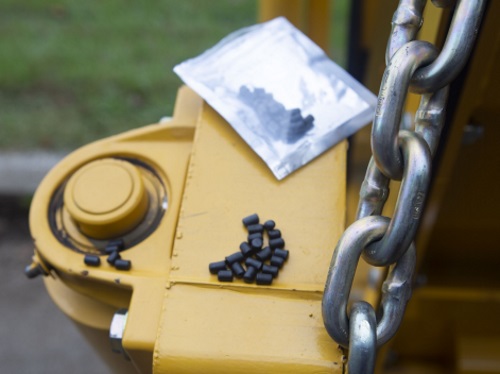FEDERAL ACTION
With President Biden’s Signature, State DOTs Ready to Implement Infrastructure Bill – AASHTO
Biden chooses Mitch Landrieu to coordinate infrastructure plan implementation – NBC News
The High Stakes of Infrastructure – The New Yorker
How Biden’s infrastructure win falls short in one big area – Politico (Commentary)
Fact Sheet: What the Bipartisan Infrastructure Deal Will Mean for American Mobility – USDOT (Media release)
USDOT Announces Key Priorities, Funding for Public Transportation Under the Bipartisan Infrastructure Deal – FTA (Media release)
COVID-19
Government Groups Voice Support COVID-19 Funding Flexibility – AASHTO Journal
Executive Q&A: Biggest Lesson Learned from the COVID-19 Pandemic – Metro Magazine
NY, NJ, Conn. agree on dividing up federal transit aid – AP
On the Horizon: Planning for Post-Pandemic Travel – APTA (Media release)
INFRASTRUCTURE RESILIENCE AND SUSTAINABILITY
Amtrak chief outlines expansion plans with infrastructure spending – The Hill
Biden rolls out multibillion-dollar plan to upgrade aging U.S. ports after passage of infrastructure bill – CNBC
The Detroit Smart Parking Lab: Mobility Meets Infrastructure – Detroitisit
Homeowners on Hook for Repairs After San Diego Airport ‘Free’ Soundproofing – KNSD-TV
AIR QUALITY
U.S. unveils roadmap for net-zero aviation emissions by 2050 – Axios
America Isn’t Ready for the Electric-Vehicle Revolution – New York Times (Editorial)
Hawaii Administrative Rules Changed To Allow Electric Vehicles To Use HOV Lanes – Hawaii DOT (Media release)
ENVIRONMENTAL JUSTICE
Ohio DOT Project Helping Revitalize Cleveland Neighborhood – AASHTO Journal
A state pollution trading program aims to improve air quality, but critics worry about environmental justice – Delaware Public Media
Despite calls to improve, air travel is still a nightmare for many with disabilities – NPR’s Morning Edition
Like Basic Income, But for Transportation – CityLab
Officials target undoing racial divides created by Florida highways, interstates – WTVT-TV
How we reported the story on highway displacements – Los Angeles Times
NATURAL RESOURCES
Montana Department of Transportation tests a new way to decrease wildlife collisions – NBC Montana
LA Metro Installs Early-Warning Earthquake Alerts – Next City
Think green – clean your vehicle at a car wash – LI Herald (Editorial)
HEALTH AND HUMAN ENVIRONMENT/ACTIVE TRANSPORTATION
Commuting on a bike – Washington State DOT
Wyoming Pathways Seeks Project Ideas That Need Federal Funds – Big Horn Radio Network
Vehicle noise radar may be coming to Philadelphia – Axios
There’s a New 750-Mile Bicycle Route in New York. Take a Look. – New York Times
Localities Pose Stricter Rules on E-Scooter Use, But Challenges Remain – Route Fifty
U of Minnesota study shows how small changes can make big improvements to pedestrian safety – KMSP-TV
Officials across Central Florida push for pedestrian safety – WKMG-TV
Lane County sets ambitious goals of safety, reliability with proposed Bicycle Master Plan – Register-Guard
TRB RESOURCES/ANNOUNCEMENTS
Research Can Help Micromobility Have a Supersized Effect on Future Transportation – TRB
TRB Webinar: Paving the Way Toward Carbon-Neutral Concrete – TRB
FEDERAL REGISTER NOTICES
Approval and Promulgation of State Plans for Designated Facilities and Pollutants; Colorado; Control of Emissions From Existing Municipal Solid Waste Landfills – EPA (Final rule)
FY 2021 Competitive Funding Opportunity: Enhancing Mobility Innovation – FTA (Notice)
Operation of Small Unmanned Aircraft Systems Over People; Technical Amendments – FAA (Technical amendments)
Notice of Intent To Conduct Scoping and To Prepare a Draft Environmental Impact Statement for the Proposed Chumash Heritage National Marine Sanctuary – NOAA (Notice)
Pipeline Safety: Safety of Gas Gathering Pipelines: Extension of Reporting Requirements, Regulation of Large, High-Pressure Lines, and Other Related Amendments – Pipeline and Hazardous Materials Safety Administration (Final rule)



